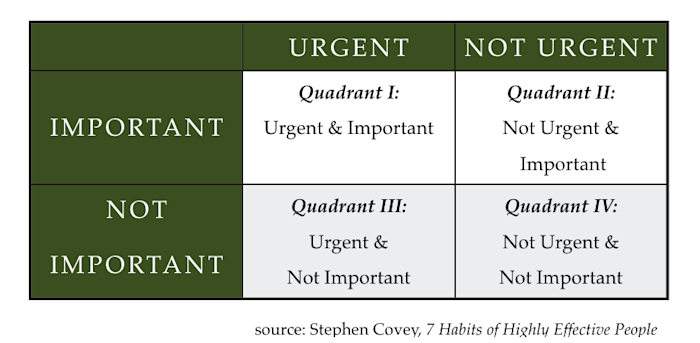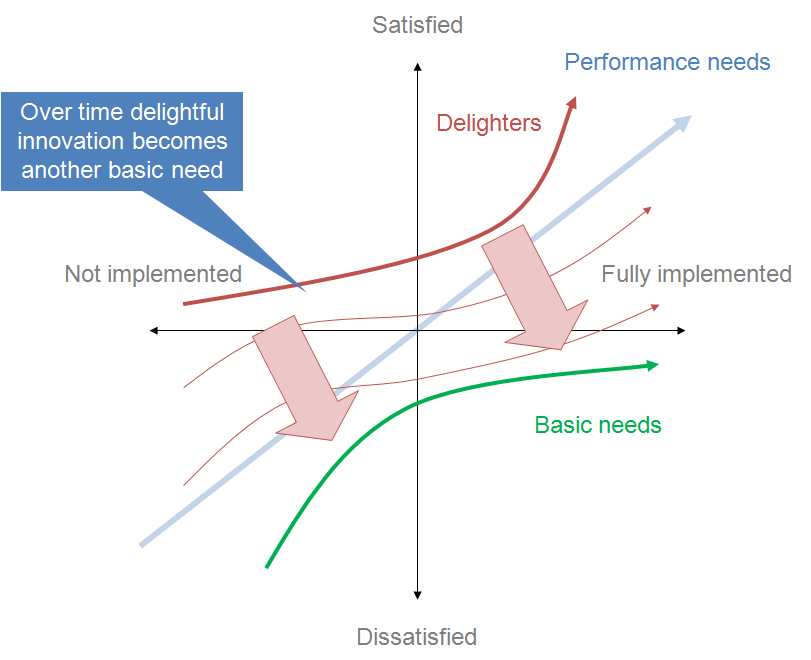When we’re just stuck at home, we lose the sense of time and our goals will be washed away in our laziness. Well, don’t let it happen! Duh, but how can we do it? Glad you asked. Here are some methods you can try to keep yourself motivated to get things done!

There are many ways and try to find what fits you. And regardless which method you use, you must feel the sense “completion” at the end. You can use the SMART method to break the tasks, then you will get the Dopamine shot you need to keep yourself motivated to work on the next tasks. To make it more prominent, you can even a use a physical board and sticky notes to mark the tasks done by moving them from “in-progress” to “done” columns.
A Goal for the Day, week and month
This is the method I use personally. It’s simple, yet very effective, at least for me. Every month, I make myself one even a set of goals to achieve. They must be precise and you should know what you need to do in order to achieve them. Then break them into smaller SMART goals and get a chunk for a given week at the start of the week. Then get at least one task for each day and try your best to finish it within the day. Let me explain it using my own experience.
I wanted to create a Python Course and publish it. And obviously, it was work worth for a few months, and quite a lot of work, but I wanted to set some goals.
First I broke the course into multiple main sections, I tried my best to finish one section per month at minimum.
- Basics (intro, variables, loops, if-else, data structures, functions, etc.)
- Advanced concepts (data structures in depth, OOP, comprehension, generators, etc.)
- Additional (exceptions, file IO, modules and packages)
- Parallel processing (threads and processes)
Then I broke each section into lectures (tasks) and wrote down points I needed to cover. I did NOT write these for all the sections because it takes a lot of time and I would be tired by just doing that. Then I told myself that I will make at least one video lecture everyday regardless of anything else I have on my schedule. Making a video included recording the video, editing, and getting the final result. In order to get 20-30 mins worth of a video, I had to spend around 2 hours! But I promised myself I will do it and I tried best to keep it.
There were some days I couldn’t record anything, recorded but couldn’t edit, but also make 2-3 videos. Whenever I hit my daily target of “a single video per day”, I could sleep peacefully knowing my day was productive. If I couldn’t do it, I made sure I cover it on next day. So, consistency is the key!

Finally, after 4-5 months of work, I finished my course which has around 14 hours of content, and you can signup if you like to 😉
A ToDo list
This is the simplest way of prioritize your workload. Break your tasks into smaller pieces and add them into a prioritized list. Then revise this list every morning and check if the tasks are in the proper priority and update if needed. Then you can review it at the end of the day or even the next day to see if you have achieved what you planned.
Microsoft ToDo
You can use one of the thousands of ToDo list apps from the App Store (or the Play Store), however there are only a limited number of apps which are really good. One such app is Microsoft ToDo and it’s available on almost all the platforms.

Trello
But if you are working on different things at the same time, could be your day-job, personal projects, learnings, or even your wedding, this solution will make things a little bit cumbersome. Then you can opt-in for a solution such as Trello, and it’s one of the best and mostly used task tracking systems. And the best thing about Trello is: it’s totally free for personal use!

Despite which app you use, you MUST start a habit of checking and updating the list. Maybe this is not for you and you need more tangible methods? Then check out the below ones.
Priority Matrix
This might be the most straightforward way of prioritizing your tasks. You first need to create a list of tasks you need to finish.

There are other variants of this approach such as the Value-Complexity Quadrant, but they ultimately explain the same concept.
Then create a list of tasks that you need to work on, and determine your tasks for the month, for the week and for the day. You don’t have to force yourself to complete them, but it’s better if you can.
Kano Model
Even though the Kano Model is used mostly related to projects in companies, we can use it for our personal planning by simply considering ourselves as the Customer.

You can use this article to learn more about the Kano Model.
Summary
Almost all these frameworks will produce a list of prioritized tasks you can work on. So the most important thing is to have a time frame to finish each of them with clear a “definition of done”. And be sure to have an action to mark the completion of the task, such as click of a checkbox or even moving a sticky note. This will give you the mental boost you need to keep it up.
You can also give yourself a reward depending on how much you achieved. For instance, if I have finished a week’s worth of tasks when I was creating the Python course, I took an evening off either to watch a movie or play games. That was my reward for completing the goal, and it sub-consciously gave a sense of satisfaction and achievement. Maybe you should try that as well.




[…] you asked! Here is another article I wrote explaining different methods we can try to keep ourselves on track for our […]
Great article.